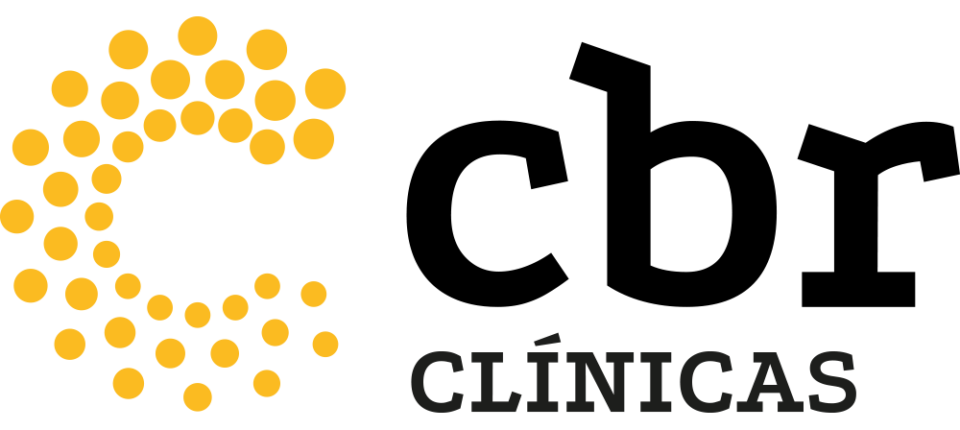The annual report on Incidents related to healthcare, carried out through NOTIVISA, a computerized system developed by Anvisa to receive notifications of incidents and technical complaints (QT) related to the use of products and services under health surveillance, was released in July. The survey was carried out during the period from July 2022 to June 2023.
The report is extremely important because it provides detailed information on adverse events in the healthcare sector, regardless of the type of service or area. In total, 4,852 cases were reported in NOTIVISA. However, of this total, only 166 cases occurred in radiology settings, representing 3,42% of the reports.
Of the 166 incidents in radiology, 74 did not present any degree of harm, representing 44.5% of the cases. Another 80 incidents were classified as mild, equivalent to 48%. Notifications classified as moderate represent 4% of the incidents, that is, 8 records. Serious cases and deaths represent 1,20%, unfortunately two serious cases and two deaths were reported in the Anvisa system.
The highest percentage of incidents that occurred in radiology were errors involving venous catheters, which accounted for 42.7% of the cases, representing 71 incidents. Another 29.5% (49 notifications) were related to documentation errors. Another 14 errors were also recorded during health care, which is equivalent to 8.4% of the 166 cases. 13 incidents of patient falls were also recorded in NOTIVISA, which represents almost 7.8%. Errors in administrative activities account for approximately 5%, or 8 cases. Next, there are errors in radiological care with 3%, responsible for 5 incidents. In addition to the aspects already mentioned, four more incidents were reported, two of bronchoaspiration and another two errors related to patient identification. It is worth noting that two other cases were not recorded in any of the aforementioned criteria; these cases represent a little more than 1% of the total number of incidents in radiology.
What is NOTIVISA?
NOTIVISA is a computerized system, developed by Anvisa, to receive notifications of incidents and technical complaints (QT) related to the use of products and services under health surveillance.
See where to report healthcare-related incidents
Do you know what the NSP (Patient Safety Center) is?
The Patient Safety Center is part of the Patient Safety Plan (PSP), which aims to optimize patient safety in healthcare facilities. The NSP is of utmost importance in the radiology sector, through which it is possible to guarantee the safety, quality and effectiveness of radiological procedures. Check out some important points of the NSP for radiology:
1 – Minimizing Radiation Exposure: Exposure to ionizing radiation can have long-term detrimental health effects. The patient safety department works to minimize the radiation dose patients receive during radiological examinations, ensuring that the benefits of the procedure outweigh the risks.
2 – Diagnostic Quality: Proper patient safety management contributes to obtaining high-quality images, which is essential for accurate diagnosis. This includes regular calibration of equipment, optimization of exposure parameters and constant review of imaging protocols.
3 – Error Prevention: The patient safety core works to identify and prevent errors that may occur during the performance of radiological examinations. This includes verifying patient information, correct examination selection and proper execution of the procedure.
4 – Education and Training: Radiology professionals need ongoing training on patient safety principles, proper use of equipment, and radiation protection techniques. The patient safety center coordinates the education and training of professionals to ensure that they follow best practices.
5 – Quality Control: Implementing quality control programs is essential to ensure proper equipment performance and consistency in image production. This helps minimize technical errors that may affect diagnoses.
6 – Access to Information: The patient safety unit is also responsible for providing information to patients about radiological procedures, associated risks and protective measures. This helps patients make informed decisions and reduce anxiety related to examinations.
7 – Compliance with Regulatory Standards: There are specific regulations and guidelines for patient safety in radiology, issued by regulatory bodies and professional organizations. The patient safety unit ensures compliance with these standards to avoid unnecessary risks.
These initiatives contribute to the qualification of care processes and the provision of these services in all health establishments throughout the country, promoting greater safety for patients, health professionals and the health care environment.




